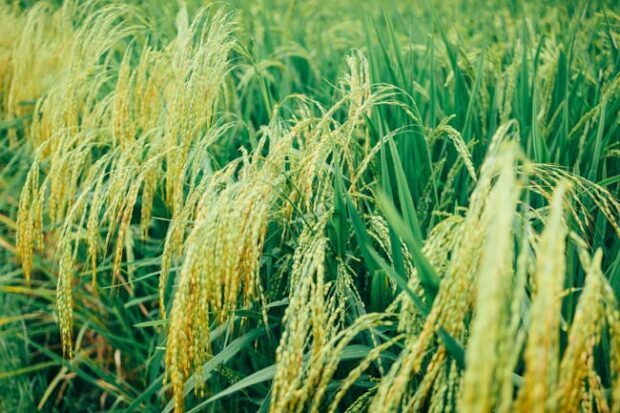
On December 27, 2024, the Philippine Rice Research Institute (PhilRice) announced new grain varieties that can help manage blood sugar.
Dr. Marissa V. Romero, a food scientist, collaborated with the International Rice Research Institute to identify NSIC Rc. 182 as a low-GI rice variety.
READ: Is climate change threatening our rice consumption?
“NSIC Rc. 182” translates to “National Seed Industry Council Rice 182.”
PhilRice also said it used an advanced invitro laboratory test that simulates digestion, instead of using humans as test subjects.
“GI” means “glycemic index” which “measures how fast our food raises blood sugar,” according to Romero.
“The polished white rice with a GI of 70 and above can increase the risk of diabetes,” she added.
She and her team used an advanced invitro laboratory test that simulates digestion, instead of using humans as test subjects.
Then, Romero’s team used NSIC Rc. 182 as a reference to identify appropriate grain quality and characteristics for low-GI rice.
As a result, they discovered that NSIC Rc. 472, PSB (Philippine Seed Board) Rc. 10 and Rc. 514 had a similar glycemic index to Rc. 182.
“Farmers already prefer these varieties, and our study confirmed that they have relatively low GI,” Romero explained.
“These varieties, known for their resilience and high yield, offer diabetic patients a healthier option without compromising flavor.”
Aside from this PhilRice development, the Philippines has been improving nutrition for Filipinos through its other projects.
On October 1, 2024, members of the Philippine Stakeholders for Nutrition and Dietetics Inc. (PSND) and the food and beverage industry discussed partnerships for better nutrition.
Cristina Sison, President of the PSND, emphasized that Public-Private Partnerships (PPPs) with the food & beverage sector are crucial in addressing the nation’s nutrition and health challenges.
Learn more about the significance of PPPs here.